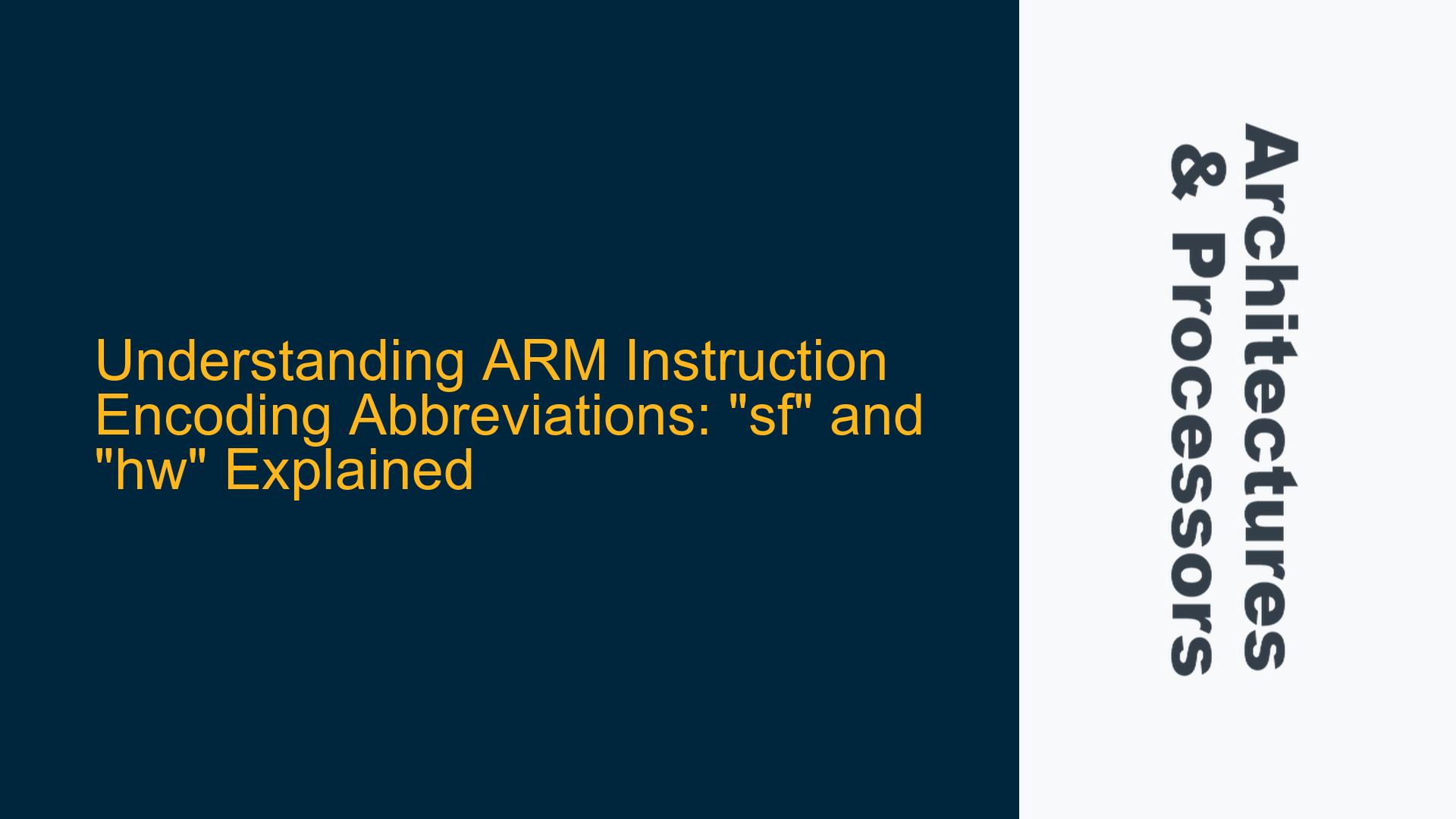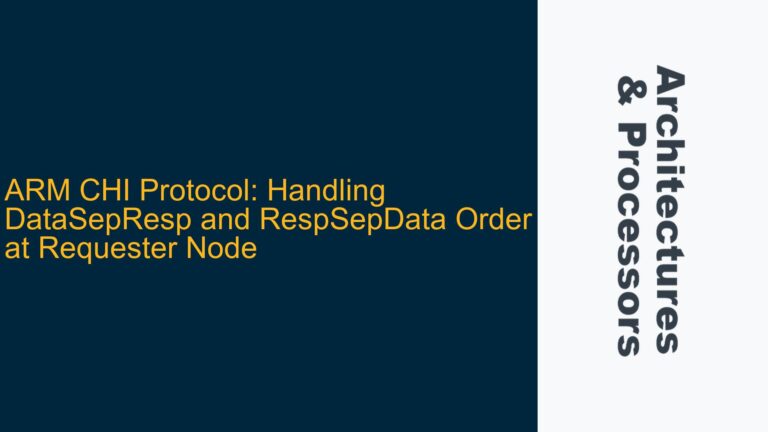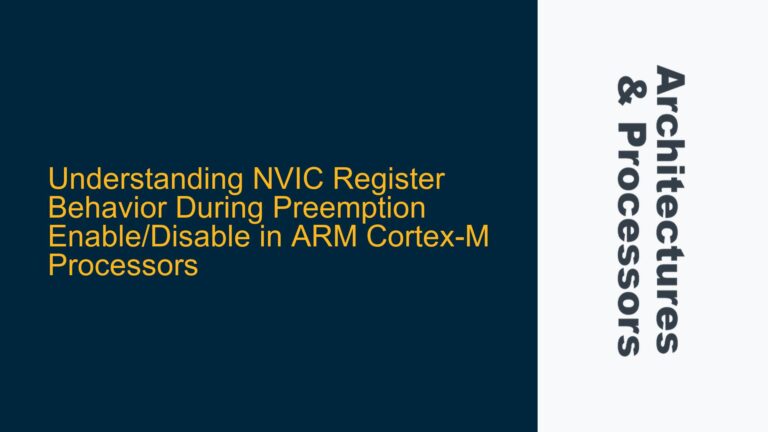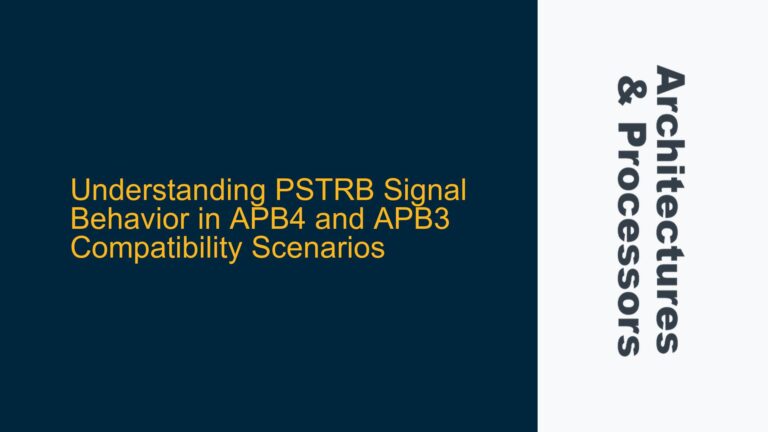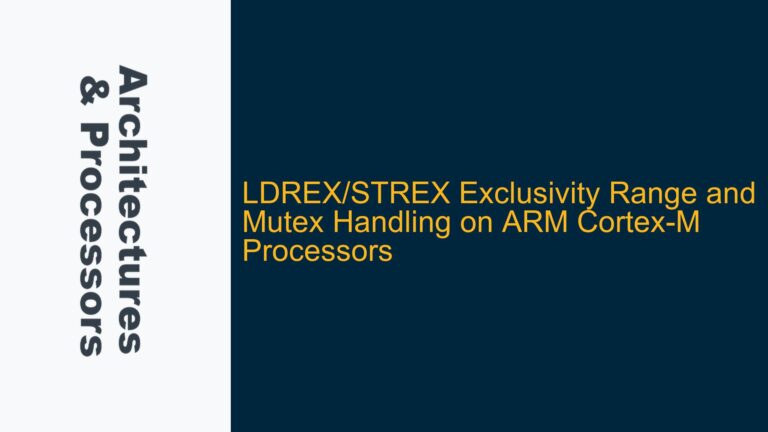ARM Instruction Encoding: Decoding "sf" and "hw" Fields
The ARM architecture, known for its efficiency and versatility, employs a highly structured instruction encoding scheme. Within this scheme, certain fields in the instruction encoding diagrams are abbreviated, such as "sf" and "hw". These abbreviations are critical for understanding how instructions are processed and executed by the ARM processor. The "sf" field, for instance, plays a pivotal role in determining the data size for operations, while the "hw" field is instrumental in specifying shift amounts for 16-bit values. Understanding these fields is essential for developers working with ARM assembly language, as it directly impacts the performance and correctness of the software being developed.
The "sf" field, often seen in data-processing instructions, is a single bit that dictates whether the operation should use 32-bit or 64-bit registers. This distinction is crucial in ARM’s 64-bit architecture, where operations can be performed on either 32-bit or 64-bit data. The "hw" field, on the other hand, is used in instructions that involve shifting 16-bit values, and it specifies the amount by which the value should be shifted. These fields are not just arbitrary labels; they are deeply embedded in the instruction set architecture (ISA) and have specific implications for how instructions are executed.
The Role of "sf" in Data Size Determination and "hw" in Shift Operations
The "sf" field, which stands for "size flag" or "sixty-four," is a binary indicator that determines the data size for integer operations. When the "sf" bit is set to ‘1’, the operation is performed on 64-bit data. Conversely, when the "sf" bit is ‘0’, the operation is performed on 32-bit data. This binary decision is fundamental to the ARM architecture’s ability to handle both 32-bit and 64-bit operations efficiently. The "sf" field is particularly important in the context of ARM’s AArch64 execution state, where 64-bit registers and operations are the norm, but 32-bit operations are still supported for compatibility and efficiency.
The "hw" field, which stands for "half word," is used in instructions that involve shifting 16-bit values. This field specifies the amount by which the 16-bit value should be shifted, and it is typically used in conjunction with other fields to perform complex operations. The "hw" field is essential for operations that require precise control over the positioning of 16-bit values within larger data structures. For example, in bitwise operations or when manipulating data in memory, the "hw" field ensures that the shift amount is correctly applied to the 16-bit value, thereby maintaining the integrity of the operation.
Best Practices for Interpreting and Utilizing "sf" and "hw" in ARM Assembly
To effectively utilize the "sf" and "hw" fields in ARM assembly, developers must first understand their roles within the instruction encoding scheme. The "sf" field should be set according to the desired data size for the operation. For 64-bit operations, the "sf" bit should be set to ‘1’, while for 32-bit operations, it should be set to ‘0’. This ensures that the processor correctly interprets the instruction and performs the operation on the appropriate data size.
When working with the "hw" field, developers must ensure that the shift amount specified is within the valid range for 16-bit values. This typically involves checking the instruction’s documentation to determine the allowable range for the "hw" field and ensuring that the specified shift amount does not exceed this range. Additionally, developers should be aware of the implications of the "hw" field on the overall operation, particularly in cases where the shift amount affects the alignment or positioning of data within larger structures.
In summary, the "sf" and "hw" fields are critical components of ARM’s instruction encoding scheme. Understanding their roles and how to correctly set them is essential for developing efficient and correct ARM assembly code. By adhering to best practices and thoroughly understanding the implications of these fields, developers can ensure that their software performs optimally on ARM processors.
Detailed Analysis of "sf" and "hw" Fields in ARM Instruction Encoding
The ARM architecture’s instruction encoding is designed to be both compact and expressive, allowing for a wide range of operations to be encoded in a relatively small number of bits. The "sf" and "hw" fields are examples of this design philosophy, providing critical information about the operation to be performed in a concise format. The "sf" field, as previously mentioned, determines the data size for integer operations, while the "hw" field specifies the shift amount for 16-bit values.
The "sf" field is particularly important in the context of ARM’s 64-bit architecture, where it allows for seamless switching between 32-bit and 64-bit operations. This flexibility is crucial for maintaining compatibility with existing 32-bit software while also taking advantage of the increased performance and capabilities offered by 64-bit processing. The "sf" field is typically found in data-processing instructions, where it directly influences the size of the operands and the results of the operation.
The "hw" field, on the other hand, is used in instructions that involve shifting 16-bit values. This field is essential for operations that require precise control over the positioning of 16-bit values within larger data structures. For example, in bitwise operations or when manipulating data in memory, the "hw" field ensures that the shift amount is correctly applied to the 16-bit value, thereby maintaining the integrity of the operation. The "hw" field is typically found in instructions that involve logical shifts, arithmetic shifts, or rotate operations.
Practical Implications of "sf" and "hw" Fields in ARM Development
In practical terms, the "sf" and "hw" fields have significant implications for ARM development. The "sf" field, by determining the data size for operations, directly impacts the performance and efficiency of the software being developed. For example, using 64-bit operations when 32-bit operations would suffice can lead to unnecessary overhead and reduced performance. Conversely, using 32-bit operations when 64-bit operations are required can result in incorrect results or data truncation. Therefore, developers must carefully consider the data size requirements of their operations and set the "sf" field accordingly.
The "hw" field, by specifying the shift amount for 16-bit values, also has important implications for ARM development. Incorrectly setting the "hw" field can lead to misaligned data, incorrect results, or even software crashes. Therefore, developers must ensure that the shift amount specified in the "hw" field is appropriate for the operation being performed. This typically involves checking the instruction’s documentation to determine the allowable range for the "hw" field and ensuring that the specified shift amount does not exceed this range.
In addition to setting the "sf" and "hw" fields correctly, developers must also be aware of the interactions between these fields and other components of the instruction encoding. For example, the "sf" field may interact with other fields that specify the operands or the operation to be performed, while the "hw" field may interact with fields that specify the destination register or the type of shift operation. Understanding these interactions is essential for developing efficient and correct ARM assembly code.
Conclusion: Mastering "sf" and "hw" Fields for Optimal ARM Development
In conclusion, the "sf" and "hw" fields are critical components of ARM’s instruction encoding scheme, with significant implications for the performance and correctness of ARM software. The "sf" field determines the data size for integer operations, while the "hw" field specifies the shift amount for 16-bit values. Understanding these fields and how to correctly set them is essential for developing efficient and correct ARM assembly code.
By adhering to best practices and thoroughly understanding the implications of these fields, developers can ensure that their software performs optimally on ARM processors. This involves carefully considering the data size requirements of their operations, setting the "sf" field accordingly, and ensuring that the shift amount specified in the "hw" field is appropriate for the operation being performed. Additionally, developers must be aware of the interactions between these fields and other components of the instruction encoding, as these interactions can have a significant impact on the overall performance and correctness of the software.
In summary, mastering the "sf" and "hw" fields is essential for anyone working with ARM assembly language. By understanding their roles and how to correctly set them, developers can ensure that their software performs optimally on ARM processors, taking full advantage of the architecture’s capabilities and efficiency.
